Catalogues & Magazines
Enjoy reading our catalogues & magazines. All are available online, if you want to order a paper copy (catalogue price €25,- ex postage, magazine price €8,95 ex postage), please send us an email, stating your name, address and which catalogue or magazine you wish to receive.
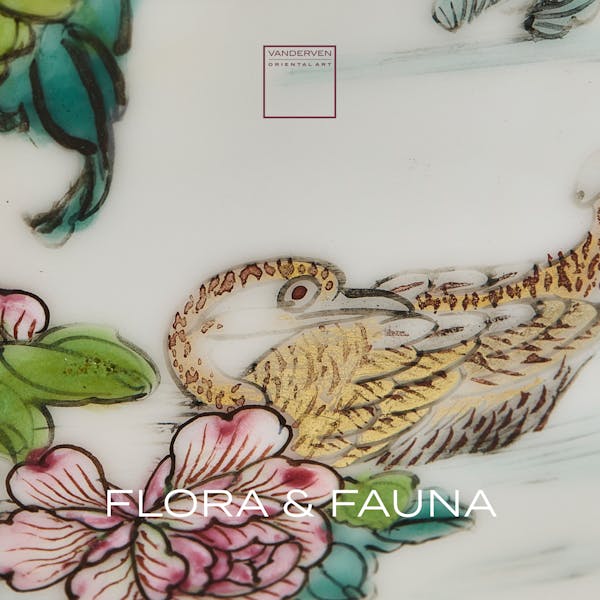
Flora & Fauna
Published in 2025This year, we are delighted to present a catalogue centred around the theme of Flora and Fauna. Featuring twenty carefully curated objects, thoroughly researched by Nynke van der Ven, each with a wonderful story to tell. We invite you to join us in exploring the natural and animal worlds, seen through the eyes of the Chinese craftsmen who made these wonderful objects.
View catalog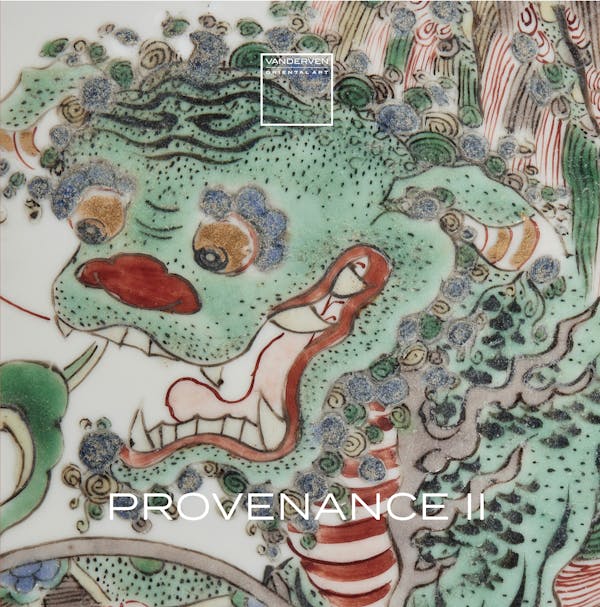
Provenance II - Tracing the History of Objects
Published in 2024Our first catalogue about Provenance was so well received that we decided to make a sequel: Provenance II- Tracing the History of Objects. We used our knowledge, experience, archive and library of the past 55 years, to trace back the individual stories of 18 selected items. We hope you enjoy reading it as much as we did making it.
View catalog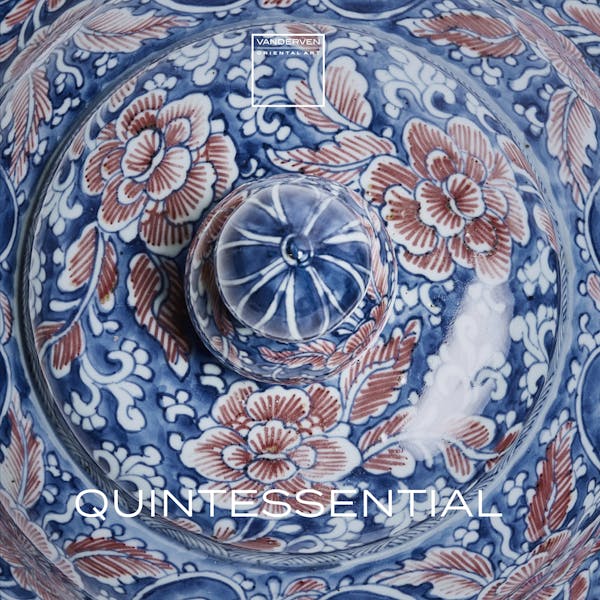
Quintessential
Published in 2023Our new 55th anniversary catalogue Quintessential reflects the essence of our collection - great objects with a sound provenance, sourced with knowledge and studied with passion. We have selected a varied cross-section of objects, showing the great diversity of objects we deal in.
View catalog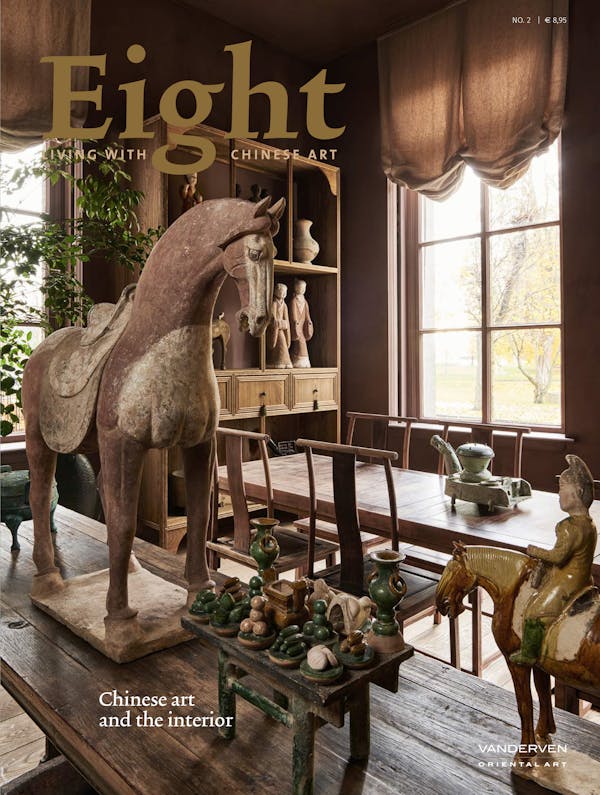
Eight Magazine 'Living with Chinese Art' 2
published in fall 2022The first edition of Eight – Living with Chinese Art (2019) was so well received, we decided to publish a second edition. We certainly still had a great deal to show you and so many stories to tell. ‘Inspirational’ was the key word when choosing our content, particularly focusing on how interesting and accessible Chinese art is and its timelessness in an interior. It has taken a while to pull it all together, but we feel we have succeeded in making another issue brimming with interesting articles and stunning images. It features all the things we get very excited about in our world - within and outside of our gallery. We are certainly beyond proud of the result!
View catalog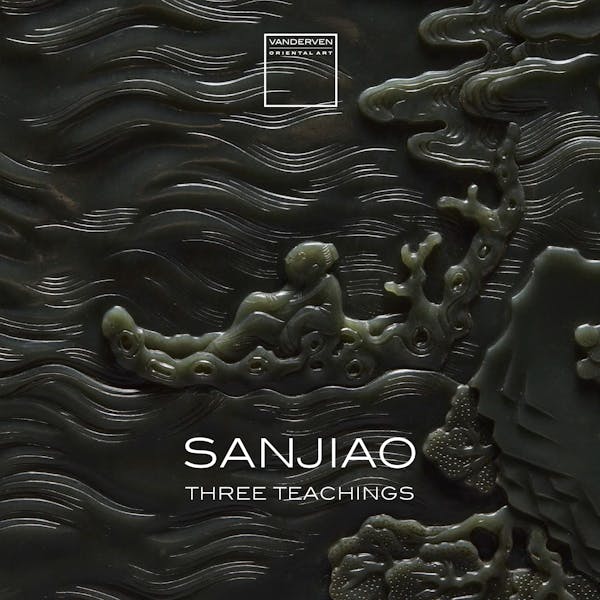
Sanjiao - Three Teachings
Published in 2022The Three Teachings, or Three Teachings in Harmony (三敎合一 Sānjiào Héyī), refer to the three main beliefs in China: Confucianism, Daoism and Buddhism. To this day they co-exist in harmony, often practised simultaneously, even overlapping in certain areas. Together they reflect the long history, mutual influence and even complementary teaching of these belief systems. Each practice has dominated or risen to favour during certain periods of time. Chinese emperors sometimes preferred one of the teachings and the others would temporarily fall out of favour, but re-emerge again at a later date. One of the earliest references to this Trinitarian idea is attributed to Li Shiqian, a 6th century scholar, who wrote that “Buddhism is the sun, Daoism the moon, and Confucianism the five planets.” – meaning they are separate entities but coexist in harmony. It was also likend to the legs of the ancient sacred tripod vessel (Ding) – meaning all three are essential supports of the same entity.
View catalog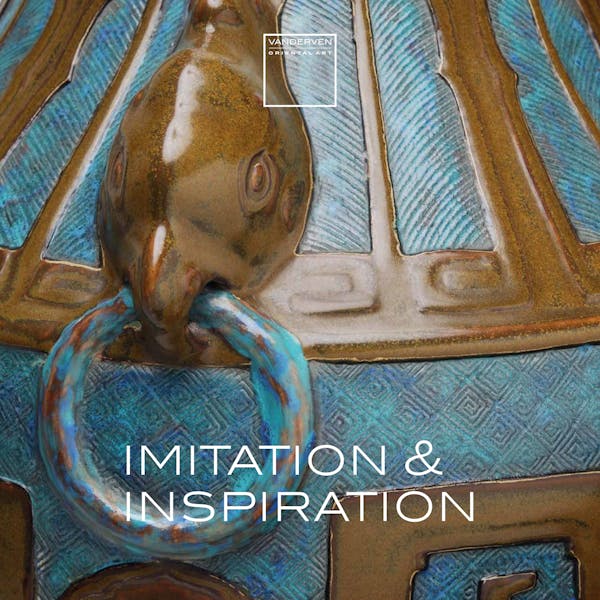
Imitation & Inspiration
Published in 2021For the Chinese, looking at the past and their ancestors, has been always been valuable source of inspiration for the creation of art objects. We used the word ‘imitation’ in the title of the catalogue, so perhaps you thought, just for a second, that we were referring to fakes or forgeries. In fact it is exactly the opposite; as particularly in China, using earlier examples as source of inspiration, was a mark of respect and honour for what went before. But we know, that from these old sources, new, fabulous and even better objects have been created; often using materials and techniques that have been used and perfected for centuries. To the Chinese ancient objects, nature and materials have always been a source of great inspiration for creating new work. You can now enjoy these treasures for yourselves – because after all nothing exceeds the wonder of experiencing an art object in real life.
View catalog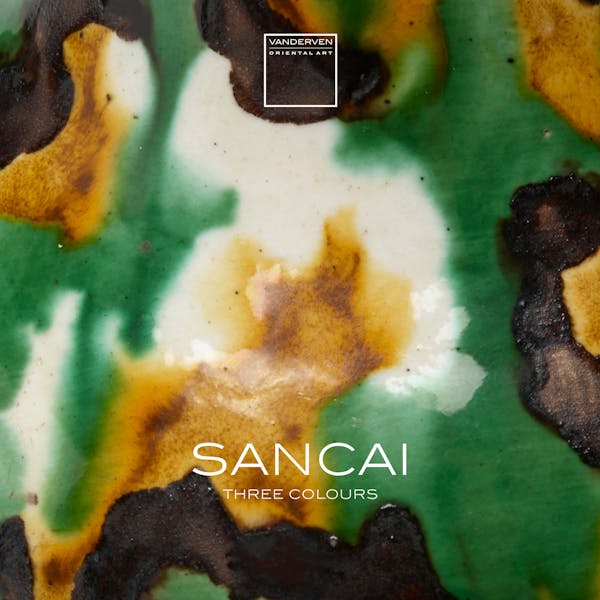
Sancai Three Colours
Published in 2020With great pleasure, we present you our 2020 catalogue Sancai – Three Colours. It is a celebration of Chinese ceramics that have a recognisable decoration in mainly three colours: green, brown and or amber with uncoloured areas in white. Though these are the main colours in this palette, it may encompass other colours as well. We have chosen this particular subject as it spans a long period of Chinese ceramic history. It was used as early as the Tang dynasty (618 - 907) and continues far in to the 18th century, even used today.
View catalog
Eight Magazine 'Living with Chinese Art'
Published in Fall 2019This is our brand new first edition of our magazine Eight – Living With Chinese Art. With this magazine we aim to show the world how beautiful and accessible Chinese art can be and how well it works as part of an interior. Inspiration was also the key word, when we were deciding what content to include within the pages. There are a monumental amount of things we can get excited about in our world, so making a selection was not easy. Firstly we opted to show our objects in three completely different settings, classic as well as modern, which we think truly reflects the versatility of Chinese works of art.
View catalog
Provenance
Published in 2019This new catalogue Provenance, is intended to convey our great admiration for Chinese objects, but especially the amazing stories they convey to the world!
View catalog
Figures
Published in 2018With this catalogue - Figures – we celebrate 50 years of Vanderven Oriental Art. It is intended as a true celebration of and for the people surrounding us. It commemorates this incredible milestone, for us personally as well as for our business.
View catalog
Tefaf New York Fall
Published in 2017This catalogue presents a selection of highlights from our current collection of Chinese art
View catalog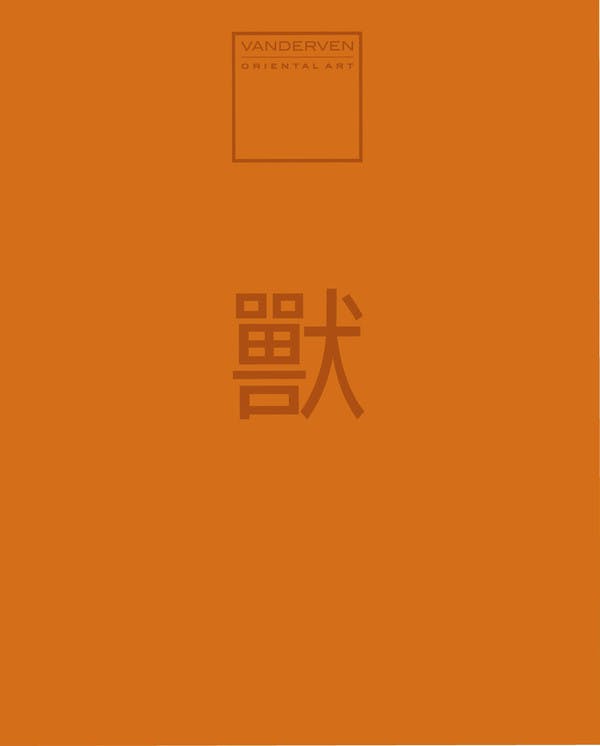
Beasts & Creatures
Published in 2017When we were considering a topic for this year’s catalogue, we particularly wanted to choose a subject which would cover a wide range of periods and materials. The combination of the exotic and realistic animals in Chinese art, have made the catalogue appealing and interesting at the same time. The often charming and funny portrayals, making the compilation an enjoyable process.
View catalog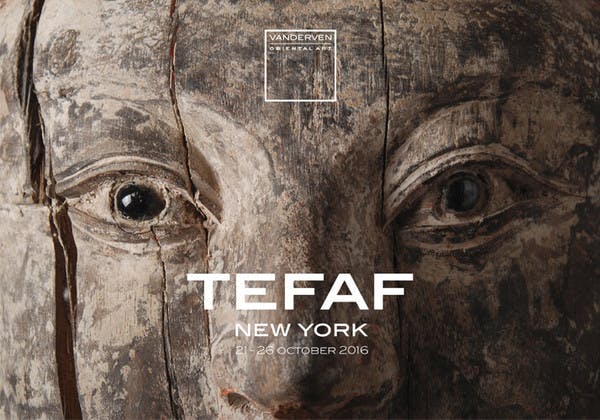
Tefaf New York Fall
Published in 2016This catalogue celebrates our inaugural participation in TEFAF New York, presenting a selection of highlights in our collection.
View catalog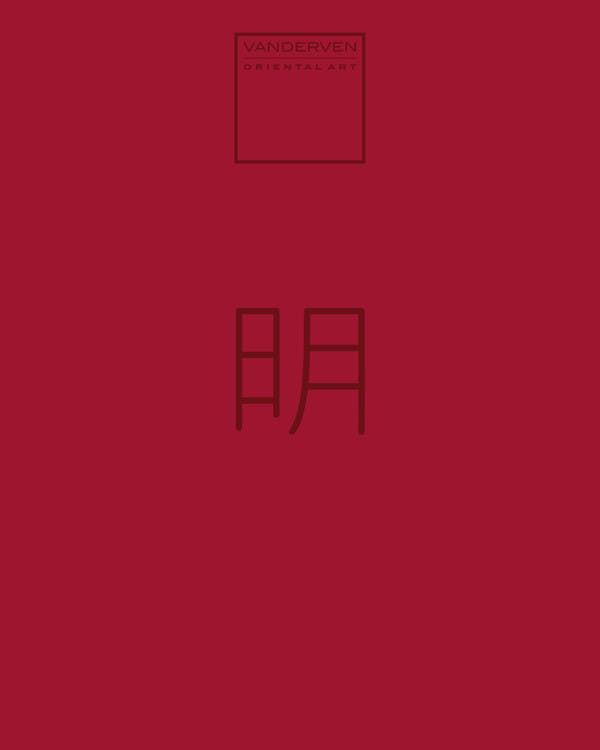
Ming Porcelain & Works of Art
Published in 2016This year’s catalogue is a celebration of a fabulously rich period in Chinese history, incorporating a broad scope of Chinese materials. The introductory essay, written by Prof. Dr. Anne Gerritsen, delves into the famous Ming period novel, Jin Ping Mei and its leading character Ximen Qing. Her essay ends with the sentence : ‘…the beautiful things the Ming left behind helps us to better understand their rich and diverse world’.
View catalog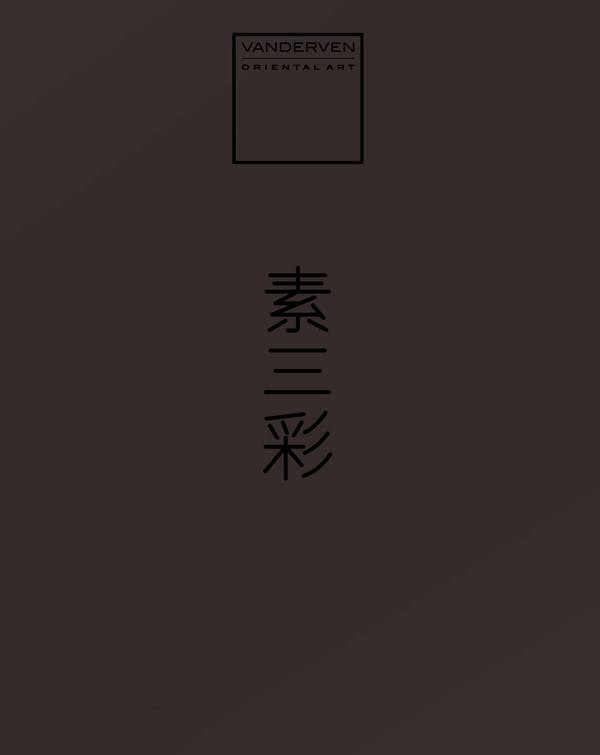
Enamel on Biscuit Porcelains
Published in 2015We are pleased to present to you our third catalogue in this series. This time we have chosen to devote it specifically to enamel on biscuit porcelain from the 16th to the 19th century. Enamel on biscuit - or emaille sur biscuit - is not a well known or documented area of Chinese porcelain. This catalogue will hopefully inspire you and reveal the beauty and unusual character of emaille sur biscuit porcelain wares.
View catalog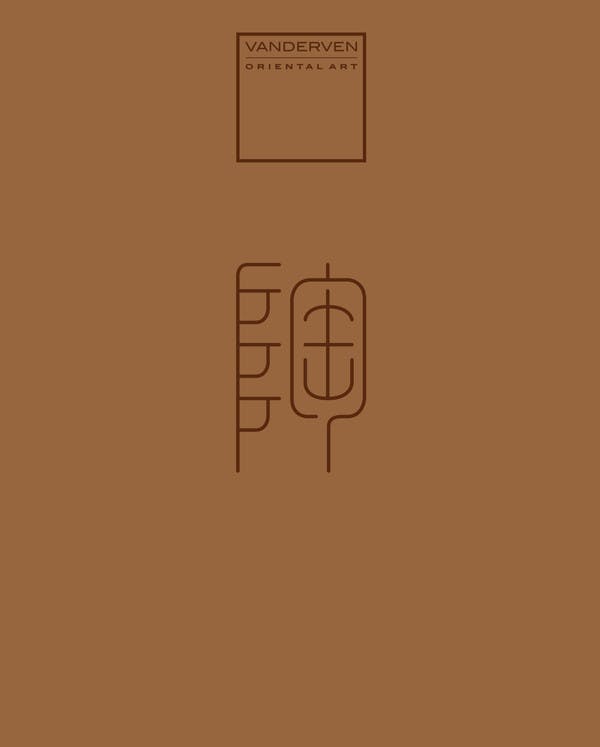
Early Chinese Ceramics
Published in 2014Early ceramics were gradually becoming more fashionable and commonplace in Europe and the United States. We were struck by the beauty and history of these early objects, and decide to develop the business to include early ceramics. It has now become an integral part of our collection, just as important as the porcelain. With this catalogue we would like to pass our passion for the beauty and charm of early Chinese ceramics
View catalog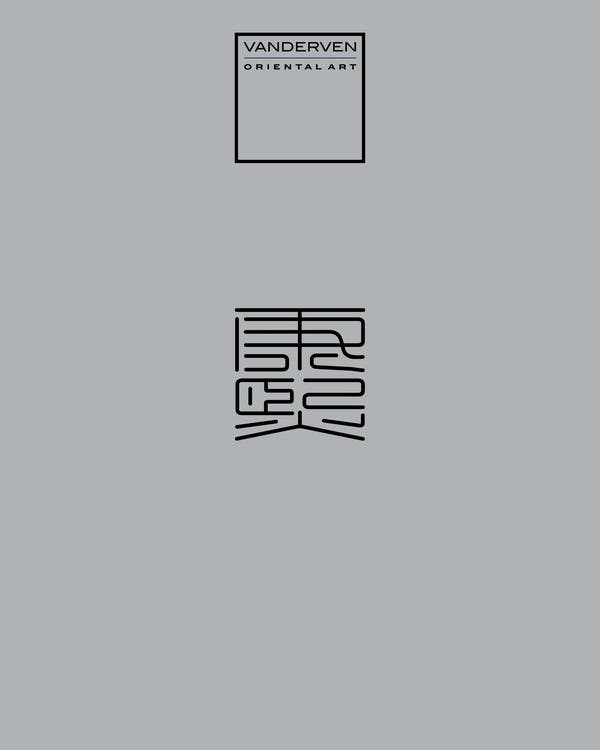
Kangxi Porcelain & Coromandel Lacquer
Published in 2013Emperor Kangxi is the greatest of the Chinese Emperors, and porcelain from this period has been of great influence to our personal taste. Pieces made during the Kangxi reign are widely considered to be of the best quality and have been highly valued from the day they were made until the present. The objects in the catalogue are our personal choice, showing the porcelain from the Kangxi Period in all their glory.
View catalogThank you for enquiring about this artwork. Please enter the form below and we will contact you swiftly.